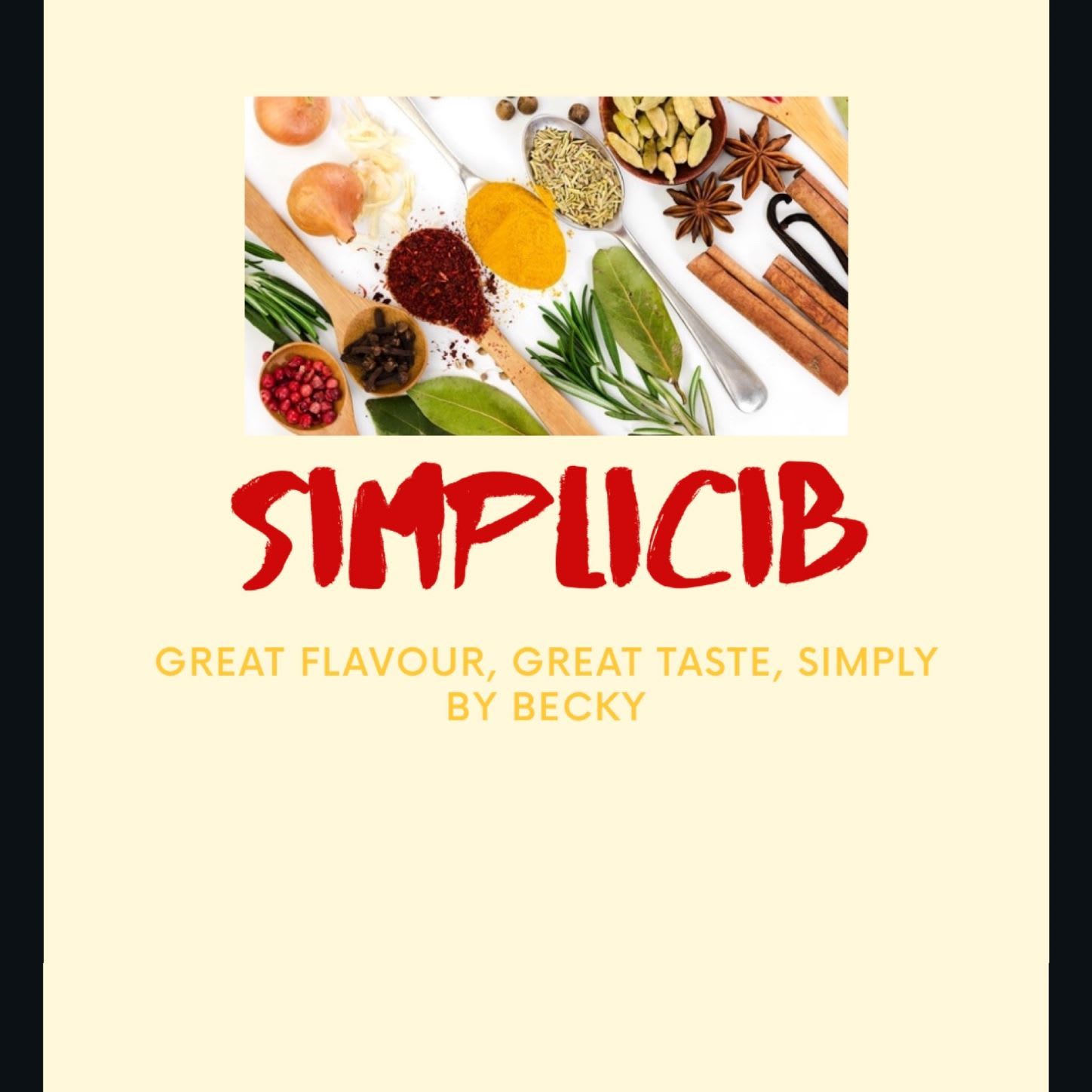
Supplements versus Vitamin Rich Foods

According to the Food Standards Agency drivers for food supplement consumption are both rational and emotional: Most people say that they take day-to-day supplements (e.g., mainstream vitamins and oils) to maintain or improve their overall health and give them a ‘boost’, or to replace lost nutrients due to diet, age or a health condition. By taking supplements, consumers also feel that they are taking control over their health and bodies by doing something proactive e.g., to combat the decline due to age. Many consumers acknowledge that they take supplements as a force of habit and that they do not know if they are making any difference – but that because such products were viewed as being fairly benign, it was better to be safe than sorry.
The NHS says most people do not need to take vitamin supplements and can get all the vitamins and minerals they need by eating a healthy, balanced diet.
Vitamins and minerals, such as iron, calcium and vitamin C, are essential nutrients that your body needs in small amounts to work properly.
Many people choose to take supplements but taking too much or taking them for too long could be harmful. The Department of Health and Social Care recommends certain supplements for some groups of people who are at risk of deficiency.
Following slow and steady growth in 2019, the vitamins and supplements market is predicted to see a five-year record rise in value of 9% in 2022, reaching £494 million as health-conscious Brit’s dose-up their vitamin intake.
The craze sweeping the States is Vitamins administered intravenously. Whilst there are many pros – effects are seen sooner, energy boosting, can help with headaches for example there is a risk of overdose, and this is only a quick fix.
It is thought that people in the northern hemisphere are lacking Vitamin D. Here are just some foods that are naturally rich in Vitamin D –
- Choosing eggs from chickens that are raised outside
- Salmon
- Canned tuna
- Mushrooms
- Citrus fruits
- And of course, orange juice
Some foods that are a natural source or vitamins
(According to Harvard Health)
Vitamin B’s – Ham, Watermelon, Milk, Cheese, Yoghurt, Poultry, Fish, Broccoli, Bananas, Avocado, Spinach, Asparagus
Vitamin A – Beef, Eggs, Sweet Potatoes, Carrots
Vitamin E – Whole Grains, Vegetable Oils, Nuts
Vitamin K – Eggs, Kale, Milk
Chorizo-Stuffed Pork Tenderloin from Eating Well
· 1 10-ounce/280g package frozen spinach, thawed and squeezed dry
· ½ cup/114g shredded smoked or extra-sharp Cheddar cheese
· 2 ounces/56g Spanish chorizo or hard salami, finely chopped or replace the chorizo with tofu and season in paprika
· ½ teaspoon salt, divided
· 3 cloves garlic, minced
· 2 tablespoons extra-virgin olive oil, divided
· 1/4 pound/115g pork tenderloin, trimmed or replace the pork with aubergine or lentils
· ¼teaspoon freshly ground pepper
Directions
- Preheat oven to 450 degrees F.
- Combine spinach, cheese, chorizo (or salami) and 1/4 teaspoon salt in a bowl. Combine garlic, 1 tablespoon oil and the remaining 1/4 teaspoon salt in another bowl; set aside.
- To butterfly the tenderloin, lay it on a large cutting board. Holding the knife blade flat and parallel to the board, make a lengthwise cut through the centre of the meat, stopping short of the opposite edge so that the tenderloin remains in one piece. Open as you would a book. Cover with cling film. With a meat mallet, rolling pin or heavy pan, pound the pork to an even 1/4-inch thickness.
- Spread the spinach mixture in the centre of the pork, leaving a 1-inch border all around. Starting at a long side, roll up the pork to enclose the filling. To keep the stuffing from falling out during roasting, fold in about 1 inch of the two short ends as you roll. Tie kitchen string firmly lengthwise around the roast to secure the two ends, then tie it crosswise at 2-inch intervals.
- Heat the remaining 1 tablespoon oil in a large ovenproof skillet over medium-high
heat. Reduce the heat to medium and lightly brown the pork on all sides, 4 to 6 minutes total. Brush the top with the reserved garlic mixture; season with pepper. Transfer the pan to the oven and roast the pork until an instant-read thermometer inserted into the thickest part registers 145 degrees F, 15 to 20 minutes. Let rest on a clean cutting board for 5 minutes before slicing.
What is the ONE food you will add to your diet and replace a supplement?
Please be advised that the information in this blog is suggestions. If you have deficiencies or are under doctor/medical advice, please seek guidance before making any changes
